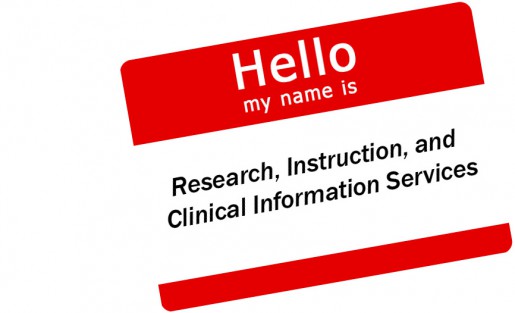
Reference Services at HSLS recently underwent a name change to Research, Instruction, and Clinical Information Services. Reference services were traditionally responsible for providing information in response to a question. As defined by the American Library Association, reference services librarians “assist, advise, and instruct users in accessing all forms of recorded information.”1
So why the change? The new name more accurately reflects the changing roles and expertise of the department. No longer is it just responding to questions, although we still answer questions.
- Librarians are now supporting research by participating in systematic reviews, research grants, and data management.
- Librarians provide specialized searches for the Institutional Animal Care and Use Committee (IACUC) protocols.
- The molecular biology information specialists support the needs of researchers in this area through consultation and instruction.
- Librarians provide information literacy instruction to students within their course curriculum as well as individual instruction and provide innovative and timely library based workshops open to faculty, students, and staff.
- Clinical support is provided to residents and fellows through individual and departmental instruction on evidence-based medicine and clinical research methods. With their expert searching skills, librarians lead clinicians to the information they need to make diagnosis or treatment decisions.
As our services have evolved, it was time for our name to evolve as well.
~Nancy Tannery
- RUSA: Reference and User Services Association (a division of the American Library Association) [Internet]. Chicago: American Library Association; c1996-2015. Professional Competencies for Reference and User Services Librarians; [cited 2015 Sep 17]; Available from: http://www.ala.org/rusa/resources/guidelines/professional

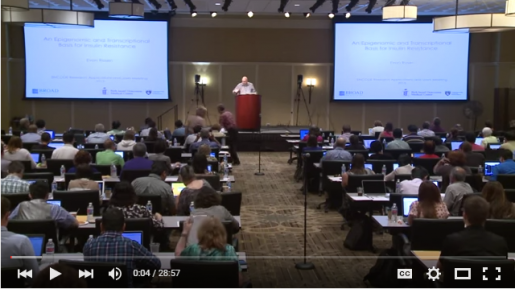

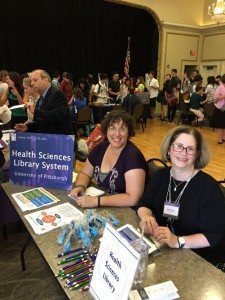

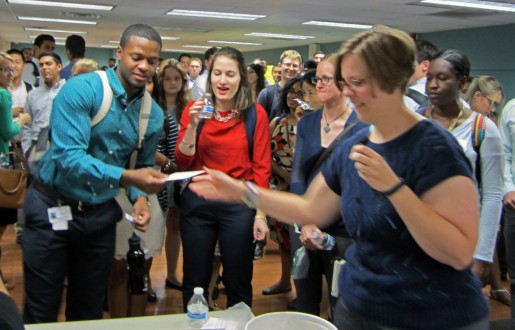
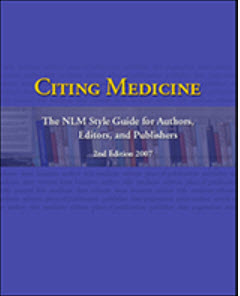
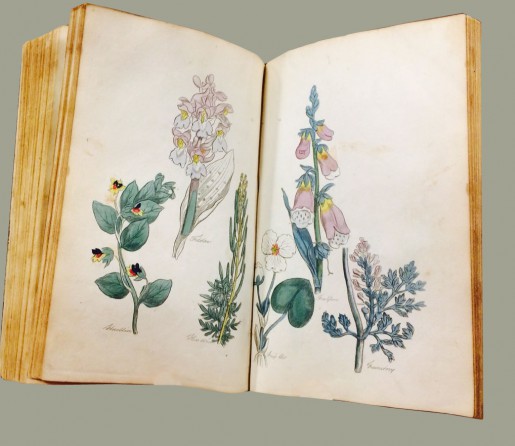 Herbals or herbaria—books describing herbs and their medicinal uses—are among the earliest literature created. They may be in the form of manuscripts, scrolls, codices, or loose sheets. Falk Library has several 18th century herbals, but the 1822 edition of John Hill’s Family Herbal is particularly interesting for three reasons: it has color plates unlike earlier herbals in our collection, it has an interesting provenance, and it was written by an author with a notorious reputation.
Herbals or herbaria—books describing herbs and their medicinal uses—are among the earliest literature created. They may be in the form of manuscripts, scrolls, codices, or loose sheets. Falk Library has several 18th century herbals, but the 1822 edition of John Hill’s Family Herbal is particularly interesting for three reasons: it has color plates unlike earlier herbals in our collection, it has an interesting provenance, and it was written by an author with a notorious reputation.